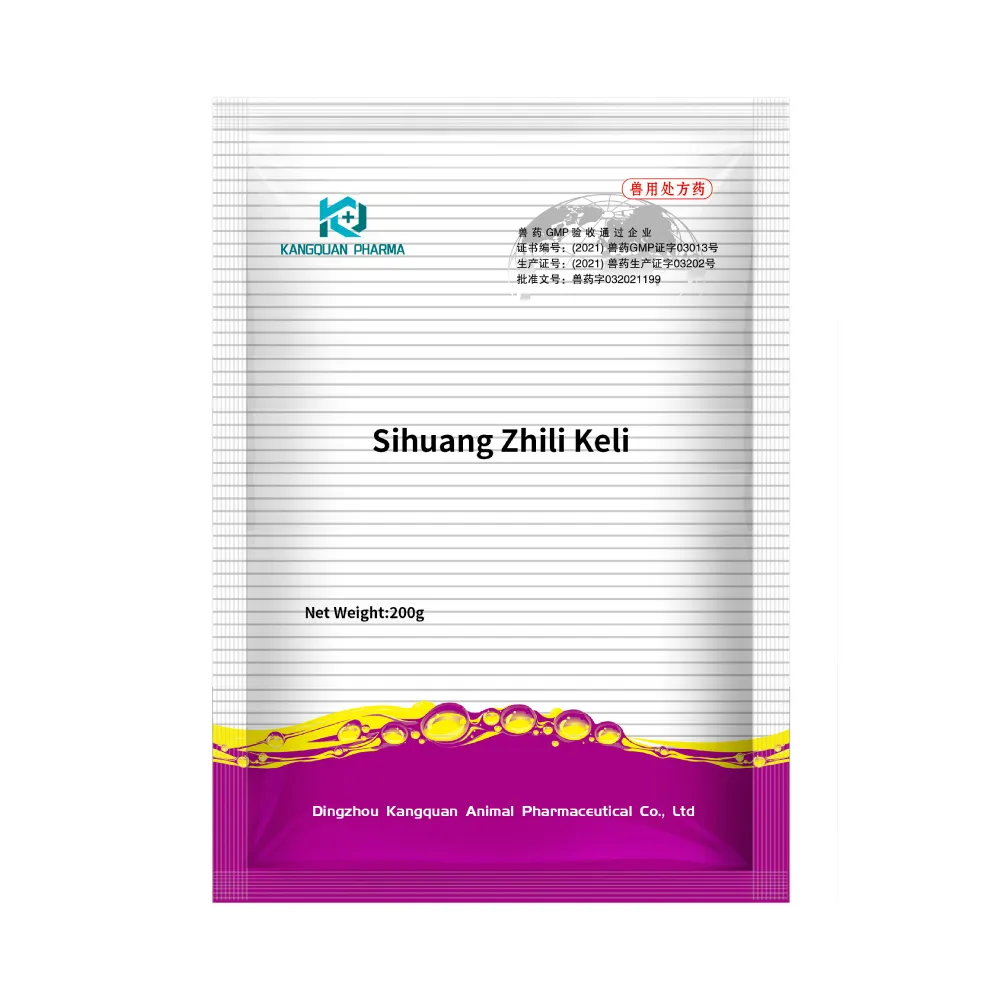- Afrikaans
- Albanian
- Amharic
- Arabic
- Armenian
- Azerbaijani
- Basque
- Belarusian
- Bengali
- Bosnian
- Bulgarian
- Catalan
- Cebuano
- Corsican
- Croatian
- Czech
- Danish
- Dutch
- English
- Esperanto
- Estonian
- Finnish
- French
- Frisian
- Galician
- Georgian
- German
- Greek
- Gujarati
- Haitian Creole
- hausa
- hawaiian
- Hebrew
- Hindi
- Miao
- Hungarian
- Icelandic
- igbo
- Indonesian
- irish
- Italian
- Japanese
- Javanese
- Kannada
- kazakh
- Khmer
- Rwandese
- Korean
- Kurdish
- Kyrgyz
- Lao
- Latin
- Latvian
- Lithuanian
- Luxembourgish
- Macedonian
- Malgashi
- Malay
- Malayalam
- Maltese
- Maori
- Marathi
- Mongolian
- Myanmar
- Nepali
- Norwegian
- Norwegian
- Occitan
- Pashto
- Persian
- Polish
- Portuguese
- Punjabi
- Romanian
- Russian
- Samoan
- Scottish Gaelic
- Serbian
- Sesotho
- Shona
- Sindhi
- Sinhala
- Slovak
- Slovenian
- Somali
- Spanish
- Sundanese
- Swahili
- Swedish
- Tagalog
- Tajik
- Tamil
- Tatar
- Telugu
- Thai
- Turkish
- Turkmen
- Ukrainian
- Urdu
- Uighur
- Uzbek
- Vietnamese
- Welsh
- Bantu
- Yiddish
- Yoruba
- Zulu
Pro . 03, 2024 16:52 Back to list
common veterinary disinfectants
Common Veterinary Disinfectants Ensuring Health and Hygiene in Animal Care
Veterinary practices and animal healthcare facilities must prioritize hygiene to prevent the spread of infectious diseases among animals. One of the most effective strategies to maintain cleanliness in these environments is the use of disinfectants. This article highlights some common veterinary disinfectants, their mechanisms of action, and best practices for their application.
Importance of Disinfection in Veterinary Settings
In veterinary medicine, the risk of cross-contamination and disease transmission is significant due to the close quarters in which animals are often housed. Disinfectants play a crucial role in minimizing this risk by eliminating pathogens from surfaces and equipment. By following rigorous cleaning protocols that incorporate effective disinfectants, veterinary staff can help protect the health of both animals and humans.
Common Types of Veterinary Disinfectants
1. Quaternary Ammonium Compounds (Quats)
Quaternary ammonium compounds are popular disinfectants in veterinary settings due to their effectiveness against a broad spectrum of bacteria and viruses. They are non-toxic to animals and are often used to clean surfaces, equipment, and even animal housing. Quats work by disrupting the cell membranes of microorganisms, ultimately leading to cell death. However, it’s important to note that they may not be effective against spores or certain non-enveloped viruses.
2. Phenolic Compounds
Phenols are potent disinfectants known for their ability to eliminate a wide range of pathogens, including bacteria and viruses. They work by denaturing proteins and disrupting cell membranes. Due to their strength, phenolic compounds are often used in high-risk areas, such as surgical suites or facilities housing sick animals. Despite their effectiveness, phenols can be toxic to certain animals and should be used with caution.
3. Chlorine-based Disinfectants
Sodium hypochlorite, commonly known as bleach, is a widely used chlorine-based disinfectant. It is effective against bacteria, viruses, and fungi and is particularly useful in controlling outbreaks of diseases. Chlorine-based disinfectants work by releasing chlorine, which interacts with the cellular components of microorganisms, leading to their destruction. However, these products can be corrosive and should be diluted properly before use to ensure safety.
common veterinary disinfectants

Iodine solutions, such as povidone-iodine, are effective antiseptics that are frequently used for skin disinfection and surgical sites in veterinary medicine. Iodine disrupts protein synthesis and has broad-spectrum antimicrobial activity. While iodine-based products are valuable for skin applications, their use as a surface disinfectant is less common due to potential staining and residual effects.
5. Hydrogen Peroxide
Hydrogen peroxide is an eco-friendly disinfectant that breaks down into water and oxygen, making it a safe option for many veterinary applications. It is effective against bacteria, viruses, and spores. The mode of action involves the production of free radicals that can damage essential cellular components of pathogens. Hydrogen peroxide is often used in various concentrations depending on the level of disinfection required.
Best Practices for Using Disinfectants
To maximize the effectiveness of disinfectants in veterinary settings, several best practices should be observed
- Preparation Pre-clean surfaces to remove organic matter such as dirt, feces, or food residues, as these can hinder the disinfectant's effectiveness.
- Follow Instructions Always adhere to the manufacturer’s instructions regarding dilution rates, contact time, and application methods.
- Safety Measure Use appropriate personal protective equipment (PPE) when handling disinfectants to prevent exposure and ensure safety for both staff and animals.
- Regular Training Provide staff with training on proper disinfection protocols to ensure consistent and safe practices across the facility.
Conclusion
Disinfectants are an essential component of infection control in veterinary medicine. The careful selection and proper use of disinfectants can significantly reduce the risk of disease transmission, ensuring a safe and healthy environment for both animals and veterinary staff. By being knowledgeable about common disinfectants and adhering to best practices, veterinary professionals can effectively contribute to the welfare of their patients.
-
Guide to Oxytetracycline Injection
NewsMar.27,2025
-
Guide to Colistin Sulphate
NewsMar.27,2025
-
Gentamicin Sulfate: Uses, Price, And Key Information
NewsMar.27,2025
-
Enrofloxacin Injection: Uses, Price, And Supplier Information
NewsMar.27,2025
-
Dexamethasone Sodium Phosphate Injection: Uses, Price, And Key Information
NewsMar.27,2025
-
Albendazole Tablet: Uses, Dosage, Cost, And Key Information
NewsMar.27,2025













